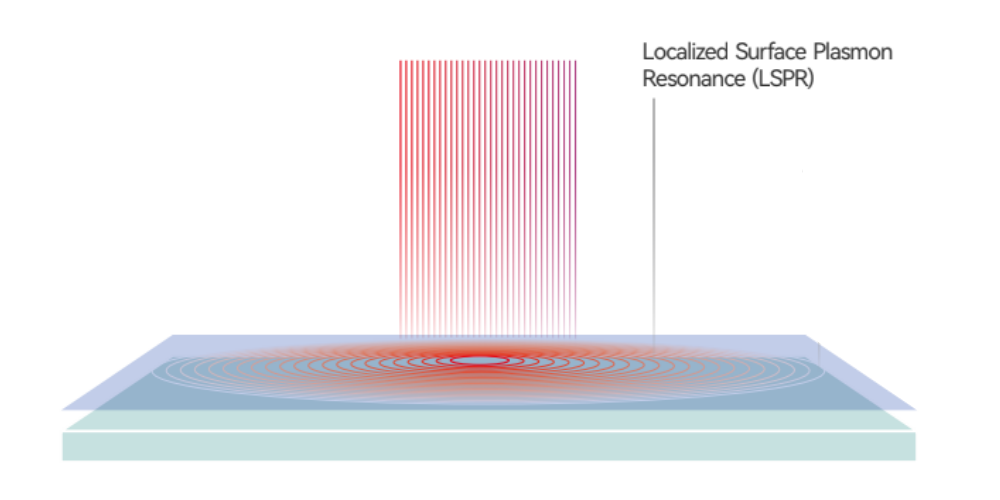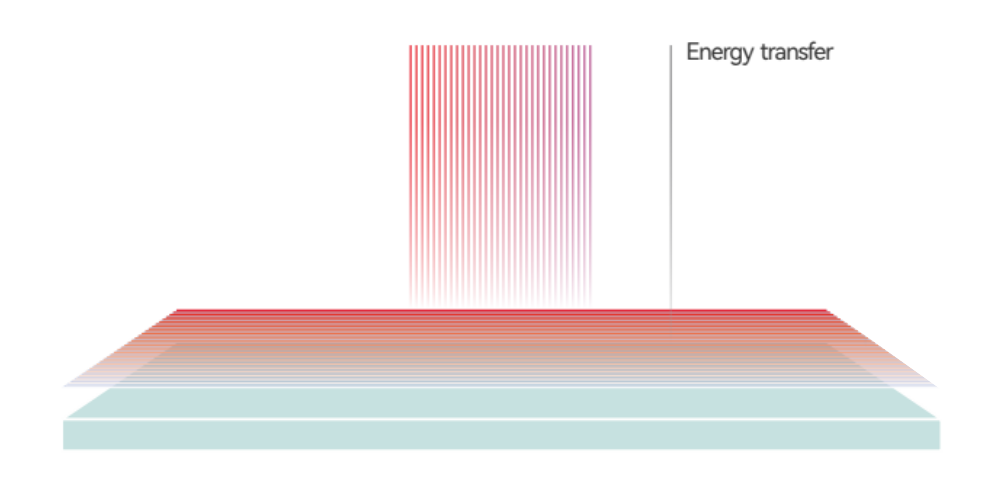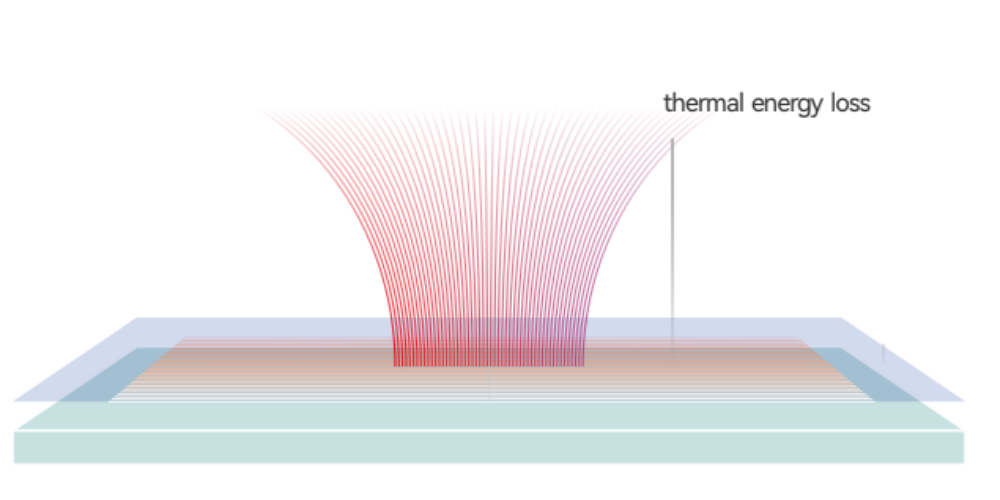Smart1098™ Next-Gen Glass Coating
Smart1098™ is an advanced rare earth transparent glass coating developed with BRIRE Rare Earth Institute. Using Localized Surface Plasmon Resonance (LSPR), it blocks harmful infrared and ultraviolet radiation while keeping visible light transmission high. The coating converts solar radiation into heat energy which is dissipated by natural air convection—achieving rapid cooling and superior insulation.
Key Benefits
- ☀ UV & IR Blocking: Blocks ≥95% infrared and ≥98% ultraviolet radiation
- 🌞 High Transparency: Maintains ≥67% visible light transmission for natural brightness
- ❄ Thermal Comfort: Lowers indoor surface temperature and reduces HVAC demand by 20–40%
- 🌍 Sustainability: Cuts carbon emissions by up to 48 kg CO₂ per m² annually—equivalent to planting 1.4 trees
Performance Features
- 🔬 Rare Earth Technology: Utilises 4f orbital resonance (LSPR) for full-spectrum solar shielding
- 🛡 Durability: Excellent weather resistance and oxidation stability
- 🏢 Wide Application: Ideal for airports, stations, facades, skylights and transport glazing
Technical Specifications
| Visible Light Transmittance | ≥ 67% |
| Infrared Rejection | ≥ 95% |
| UV Rejection | ≥ 98% |
| Shading Coefficient | 0.49 |
| Heat Transfer Coefficient (U-value) | 2.4 W/(㎡·K) |
| Solar Absorptance | 72% |
| Solar Infrared Transmission Ratio | 28% |
Smart1098™ – Next-generation rare earth glass coating for energy savings, comfort, and sustainability in modern buildings and transport systems.
Looking for exclusive distributor partners in Australia — contact us to explore opportunities.
Enquire Now✨ Performance Highlights
| Property | Result |
|---|---|
| Visible Light Transmission | 70±2 (71.0)% |
| Visible Light Reflectance (Inward) | 5±2 (5.6)% |
| Visible Light Reflectance (Outward) | 5±2 (5.8)% |
| UV Blocking Rate | ≥95 (95.4)% |
| Infrared Blocking Rate | ≥94 (94.6)% |
| Total Solar Energy Rejected | 50±2 (49.9)% |
| Solar Heat Gain Coefficient | 0.44 |
LSPR Effect
How Rare Earth Nanotechnology Controls Heat and Light
What is LSPR?
Localized Surface Plasmon Resonance (LSPR) is the principle that powers Easyto’s rare earth window films. By using Lanthanum (La), these films resonate with solar infrared (IR) and ultraviolet (UV) radiation, blocking unwanted heat while maintaining high visible light clarity.
Unlike coatings for walls or roofs, LSPR is specifically effective when applied to transparent glass surfaces. This makes it the core technology behind our architectural and automotive films.
The Three Stages of LSPR
1. Blocking Harmful Radiation
Rare earth nanomaterials block up to 95–99% of incoming infrared and ultraviolet rays while allowing visible light to pass through, ensuring both comfort and clarity.

2. Converting Radiant Energy into Heat
When infrared and UV reach the Lanthanum (La) nanolayer, the film enters LSPR and absorbs/damps the radiation. That energy is then released as heat at the glass/film surface and carried away by natural air movement and conduction within the pane—rather than being transmitted indoors. Visible light still passes, keeping the glass clear while reducing solar heat gain.

3. Dual Thermal Performance
By controlling solar heat gain in summer and retaining warmth in winter, Easyto’s rare earth coatings and films provide dual seasonal benefits. This means lower cooling costs in hot months and improved comfort during colder months—all without active energy consumption.

Why LSPR is Different
Traditional Low-E glass relies on thin metallic layers that degrade and lose effectiveness over time. Easyto’s rare earth nanotechnology, powered by Lanthanum-based LSPR, delivers:
- ✔ Stable performance without oxidation or fading
- ✔ Superior heat and UV rejection
- ✔ High visible light clarity for natural daylight
- ✔ Sustainable energy savings with no wiring or maintenance
From Science to Real-World Benefits
LSPR resonance is at the heart of Easyto’s SmartShield™ architectural films and Quantum™ automotive films. By harnessing the unique interaction of Lanthanum with solar radiation, our films provide superior comfort, UV protection, and energy efficiency without altering the clarity of glass.



